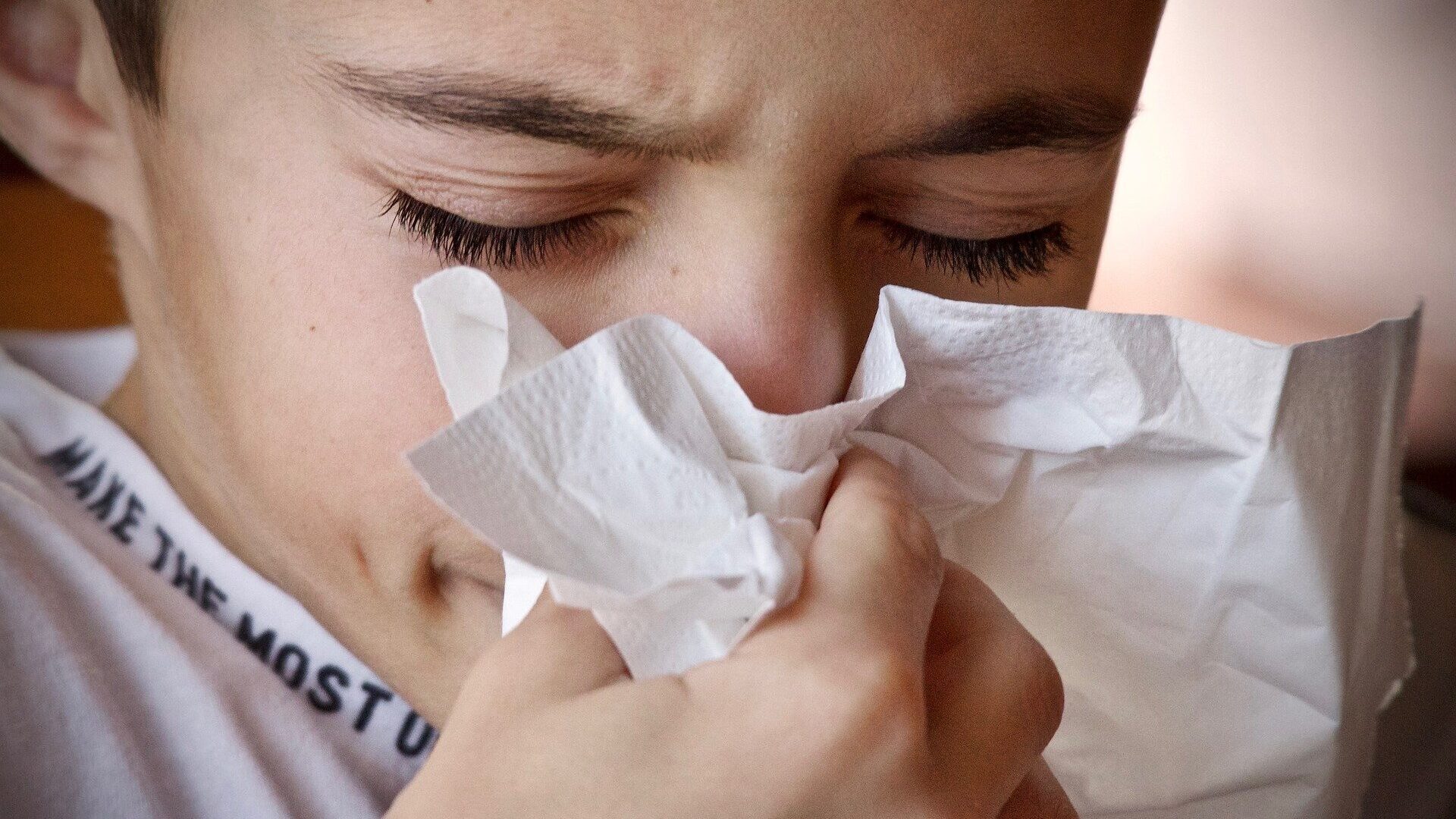Respiratory Syncytial Virus: What You Need to Know About This Common Virus

As temperatures begin to fall in many parts of the U.S., the onset of cold and flu season is present in the minds of many Americans. Many of us make it out unscathed, but when a scratchy throat or runny nose emerges, we know what is soon to come. But is it a cold, the flu, or something else?
Respiratory syncytial virus (RSV) is an extremely common, contagious virus that infects the lungs and respiratory tract. Also known as human respiratory syncytial virus (hRSV) and human orthopneumovirus, it spreads through droplets expelled in coughs or sneezes. RSV is so common that most children in the United States have been infected with it by age 2, though it also infects adults.
What Are the Symptoms of RSV?
Symptoms of RSV typically emerge in gradual stages four to six days after exposure to the virus. Many cases resemble the common cold, producing symptoms such as congestion and runny nose, dry cough, low-grade fever, headache, sneezing, and decreased appetite. In very young infants, the primary signs of RSV are often only irritability, lethargy, and difficulty breathing. For most people, RSV infection causes discomfort that can be managed with typical self-care measures, and symptoms typically go away on their own in one to two weeks.
How Common is RSV?
As noted, RSV is extremely common, and most Americans above the age of 2 have been infected at some point. It’s contagious – spreading through aerosols in coughs or sneezes and surviving for hours on hard surfaces. This makes places like schools and childcare centers particularly vulnerable to the spread of RSV via shared high-touch surfaces and close play between children, which can then lead to spread among families.
How Contagious is RSV?
Individuals infected with RSV are typically contagious for 3 to 8 days. Transmission from young infants or immunocompromised individuals can continue for up to 4 weeks, even after symptoms have dissipated. Handwashing and disinfecting of high-touch common surfaces are important steps in preventing the spread of RSV, and anyone with cold-like symptoms should take particular care in minimizing contact with high-risk individuals. Interestingly, the COVID-19 pandemic demonstrated how mitigation strategies like increasing disinfection, social distancing, and mask-wearing also likely decreased RSV transmission, as caseloads during fall and winter 2020 were much lower than in prior years. However, cases began to rise much earlier than usual in summer 2021, suggesting that this winter’s wave of RSV cases could be a greater challenge.
Is RSV Dangerous?
RSV infection can certainly be unpleasant, but most symptoms can be handled similarly to the common cold. Over-the-counter fever reducers, plenty of fluids, and rest are generally sufficient to manage symptoms until the virus goes away. However, in severe cases, more serious interventions may be necessary. Babies (particularly those under 12 months), elderly adults, individuals with heart or lung conditions, or immunocompromised people are at higher risk for severe RSV symptoms.
If infection spreads to the lower lungs, it can cause pneumonia or bronchiolitis (inflammation of the small airways entering the lungs). In these cases, symptoms can be more concerning as breathing is compromised. Particularly in infants and children, wheezing, rapid or shallow breathing, or even bluish skin (cyanosis) as a result of reduced oxygen intake should be a cause for concern and likely warrant a hospital visit.
Detecting RSV
Because most RSV cases go away on their own without intervention, many infections never need laboratory confirmation. However, positive RSV infection can easily be detected through a nasal swab test in cases of concern. Additionally, testing has become more important as COVID-19 symptoms overlap with symptoms for RSV, influenza, and the common cold.
For researchers studying RSV and its impact on human health especially given the current pandemic, Seegene’s Novaplex™ SARS-CoV-2/FluA/FluB/RSV Assay is an essential tool. This assay is currently for Research Use Only (RUO) in the US, and not for use in Diagnostic Procedures. This multiplex, one-tube PCR test for SARS-CoV2, Influenza A & B, and RSV is a simple way to confirm the presence of the virus, thus distinguishing it from illnesses with similar symptoms.
Contact Seegene:
For any inquiries, please contact us by clicking this link
Other Blog Posts
Take a look at our other blog posts here: Seegene Blog Posts
